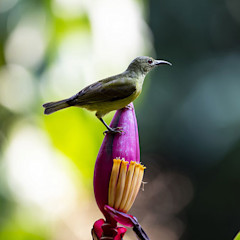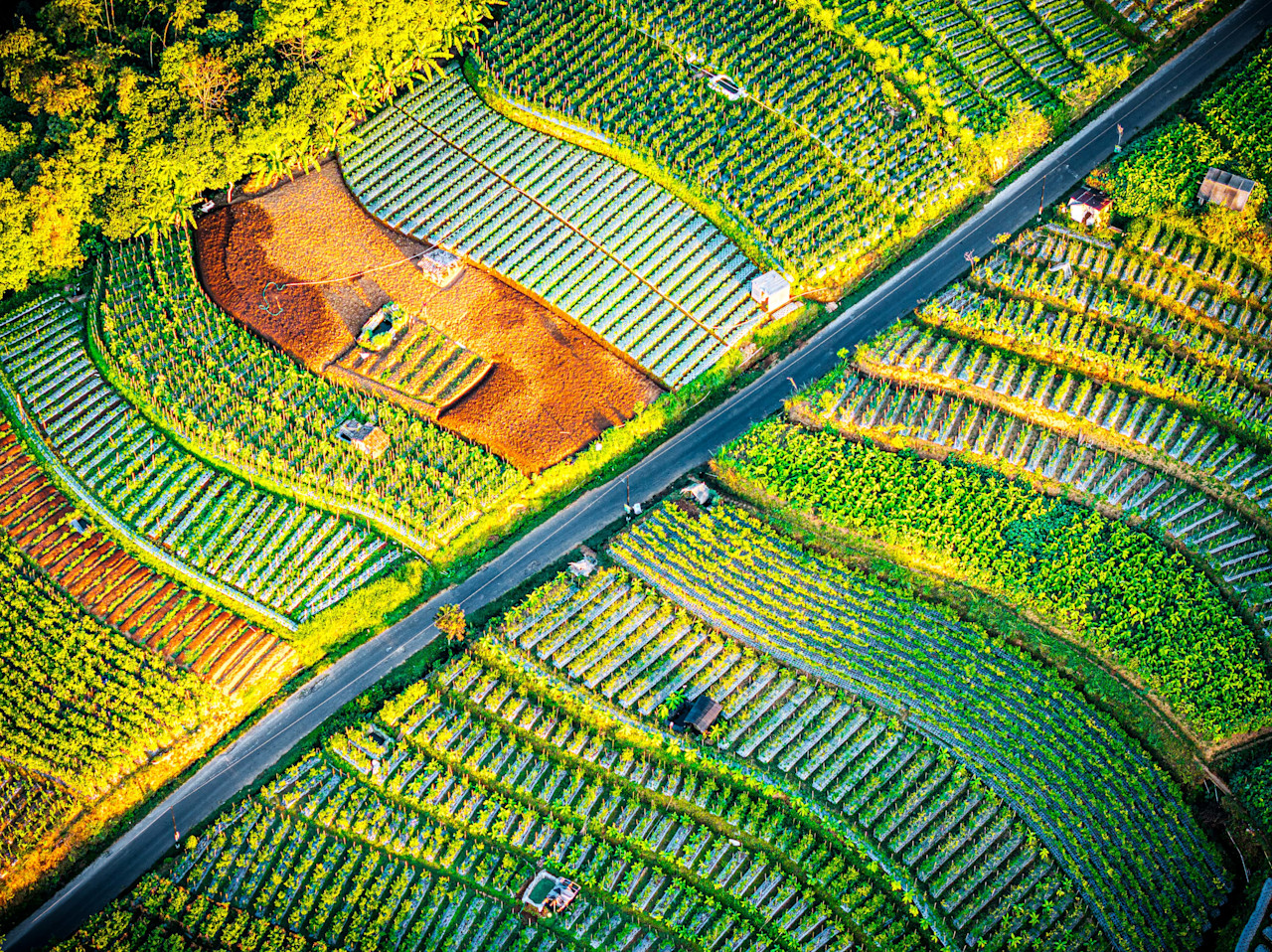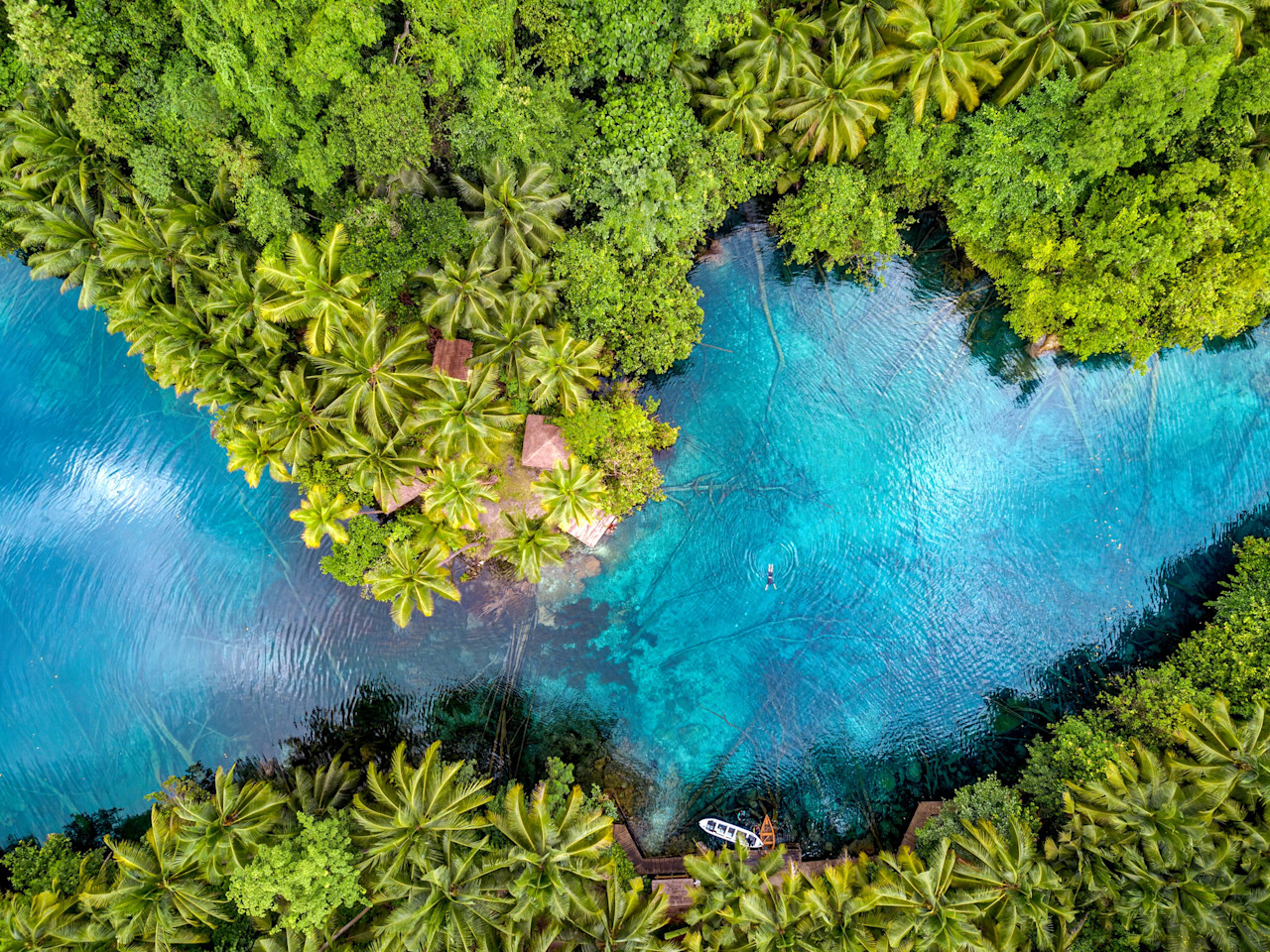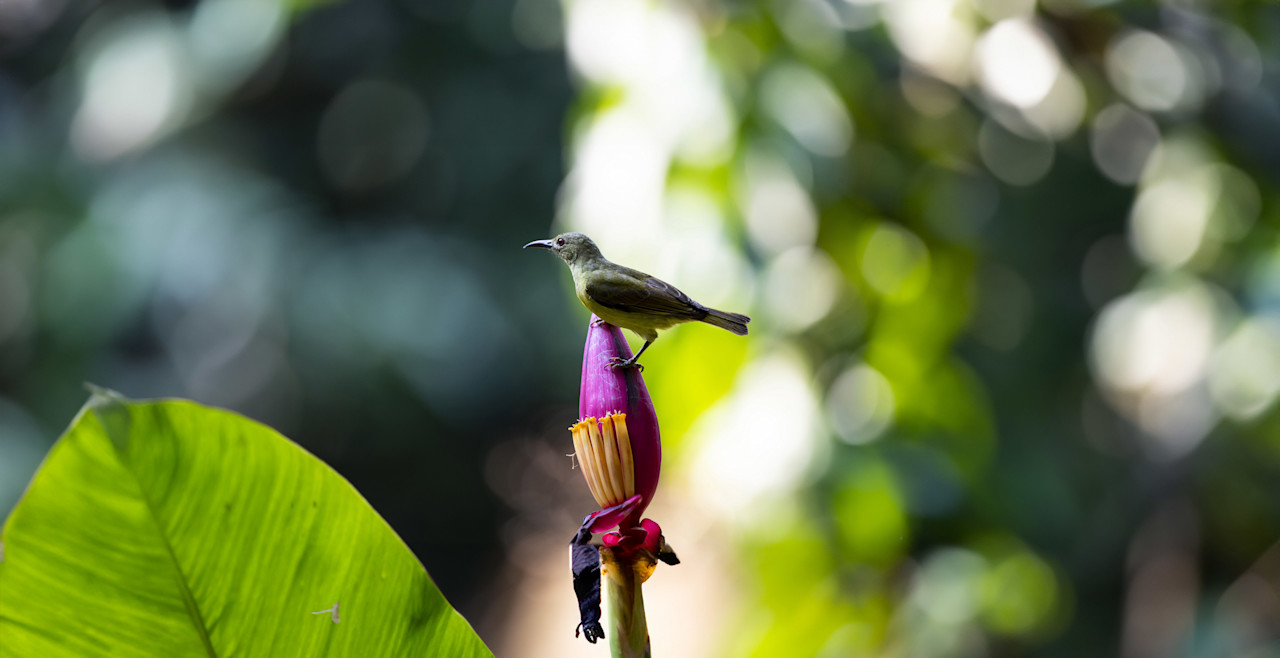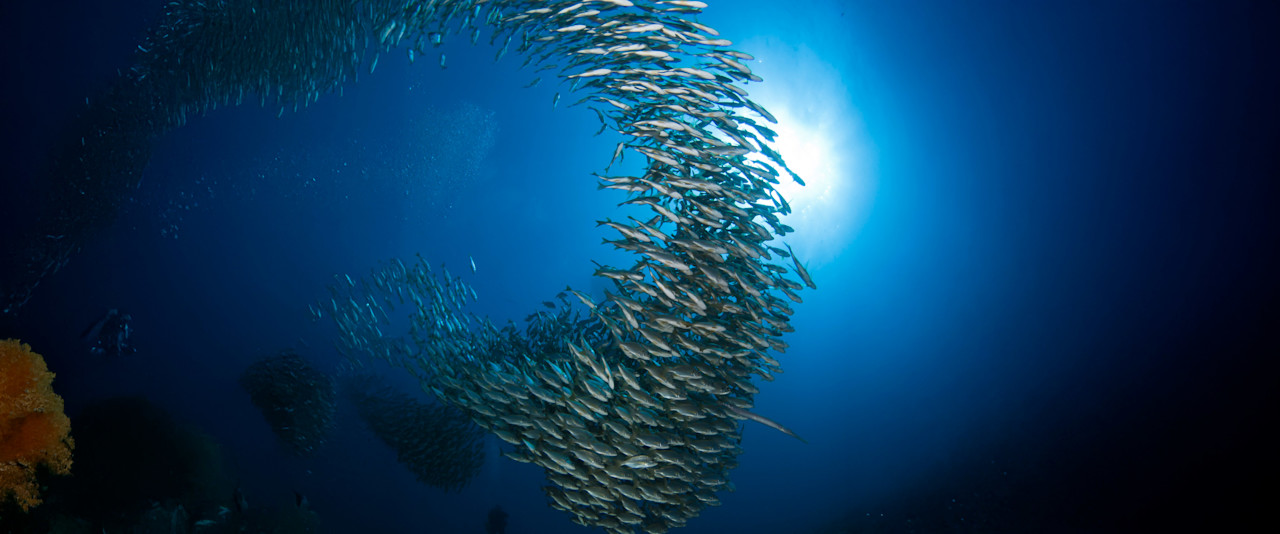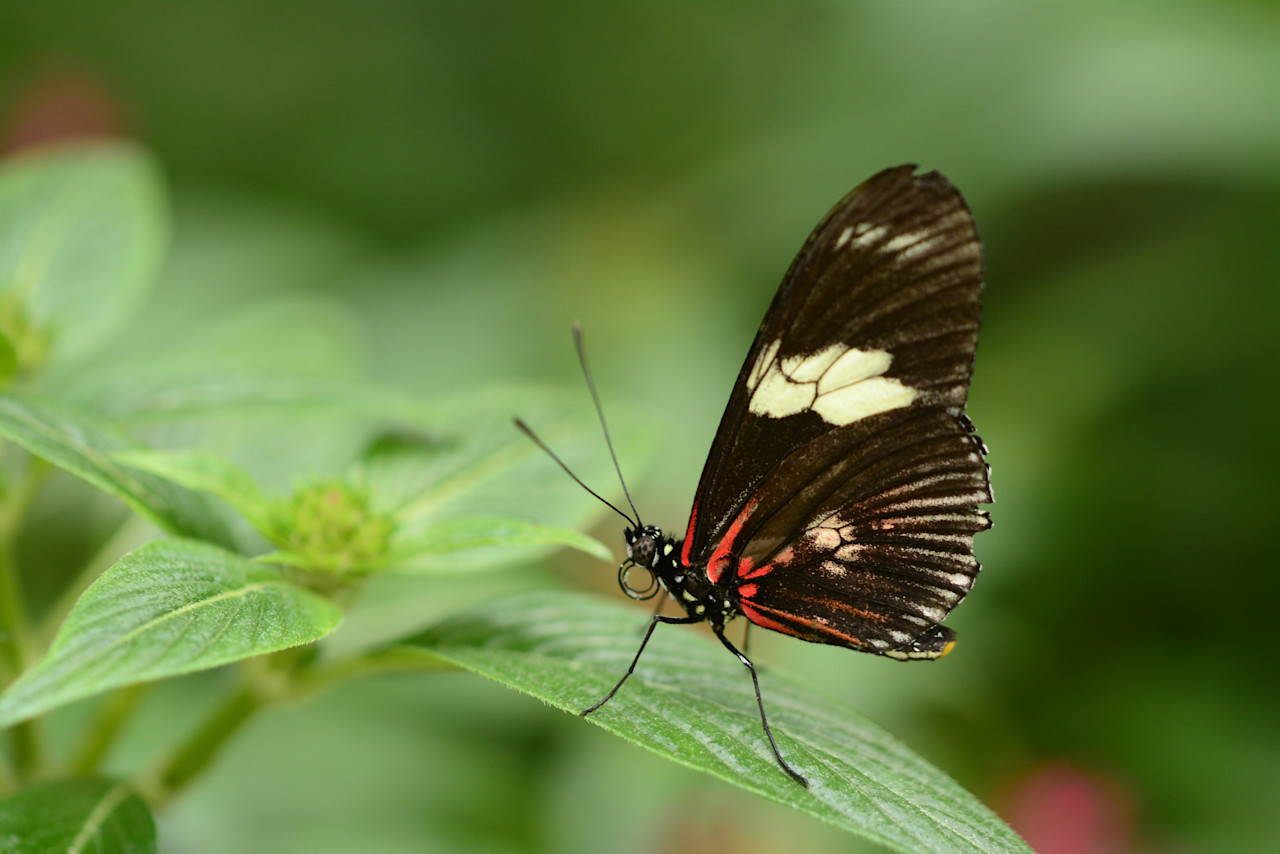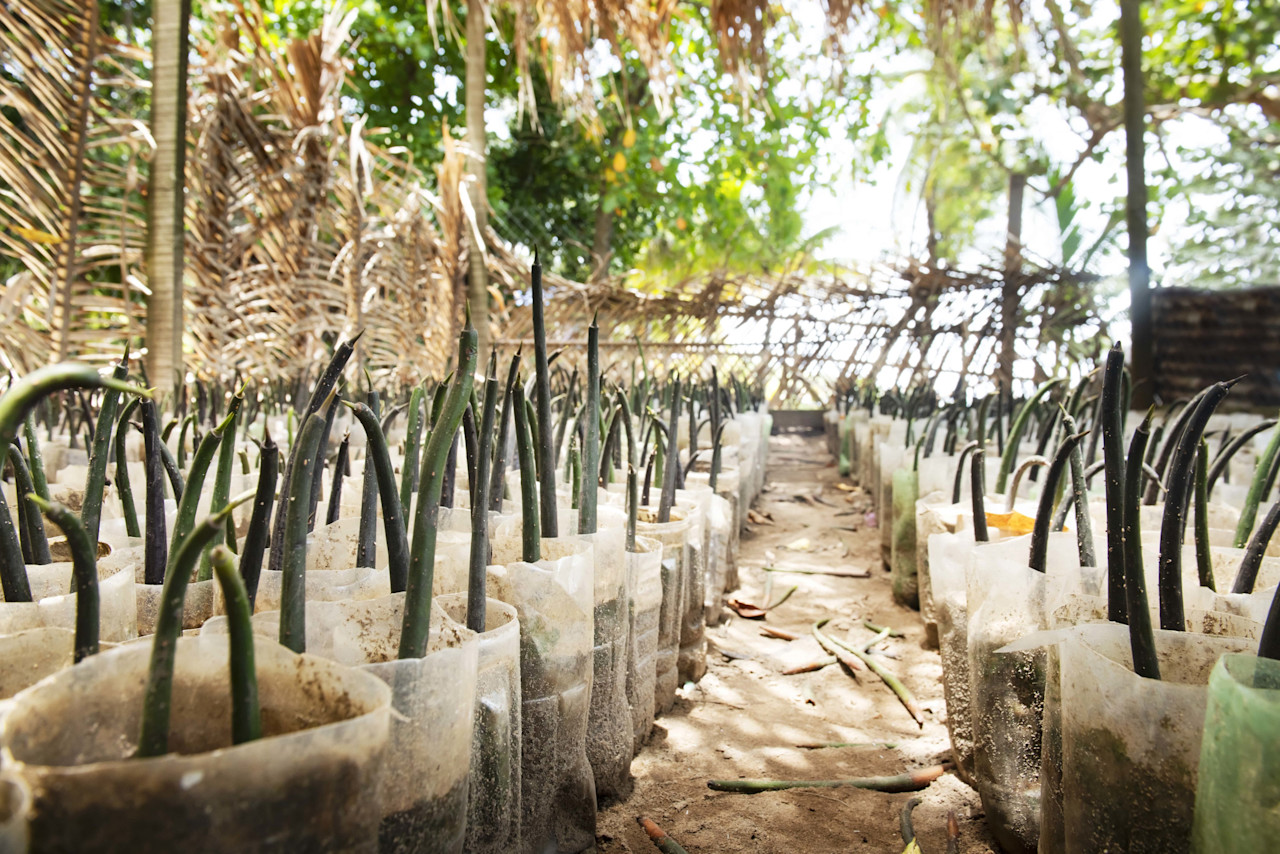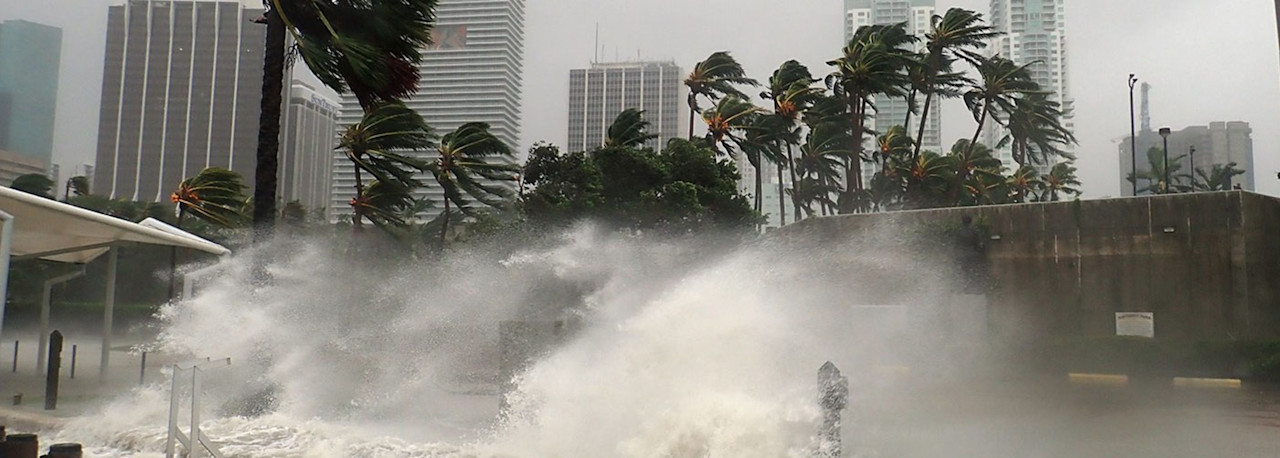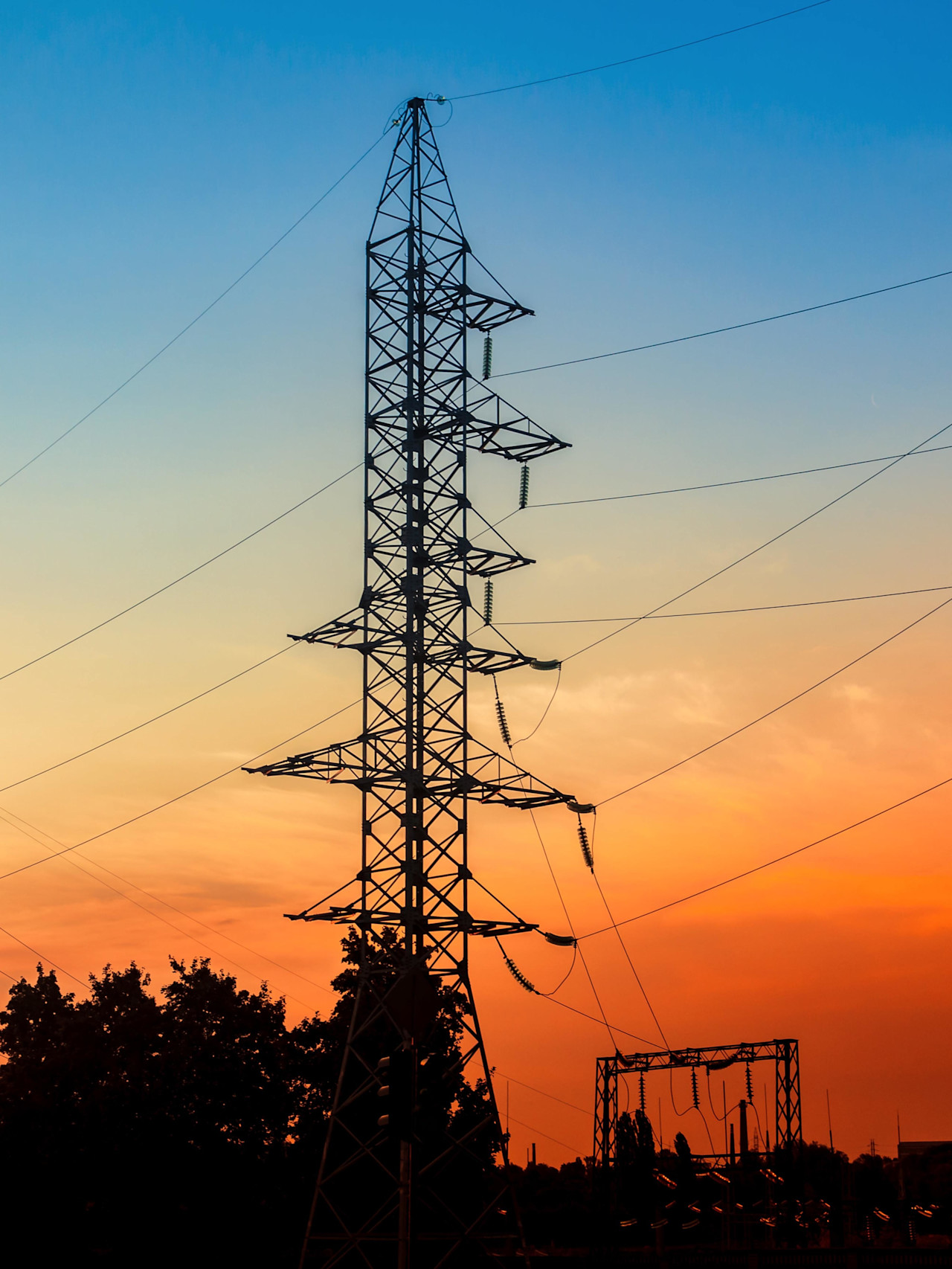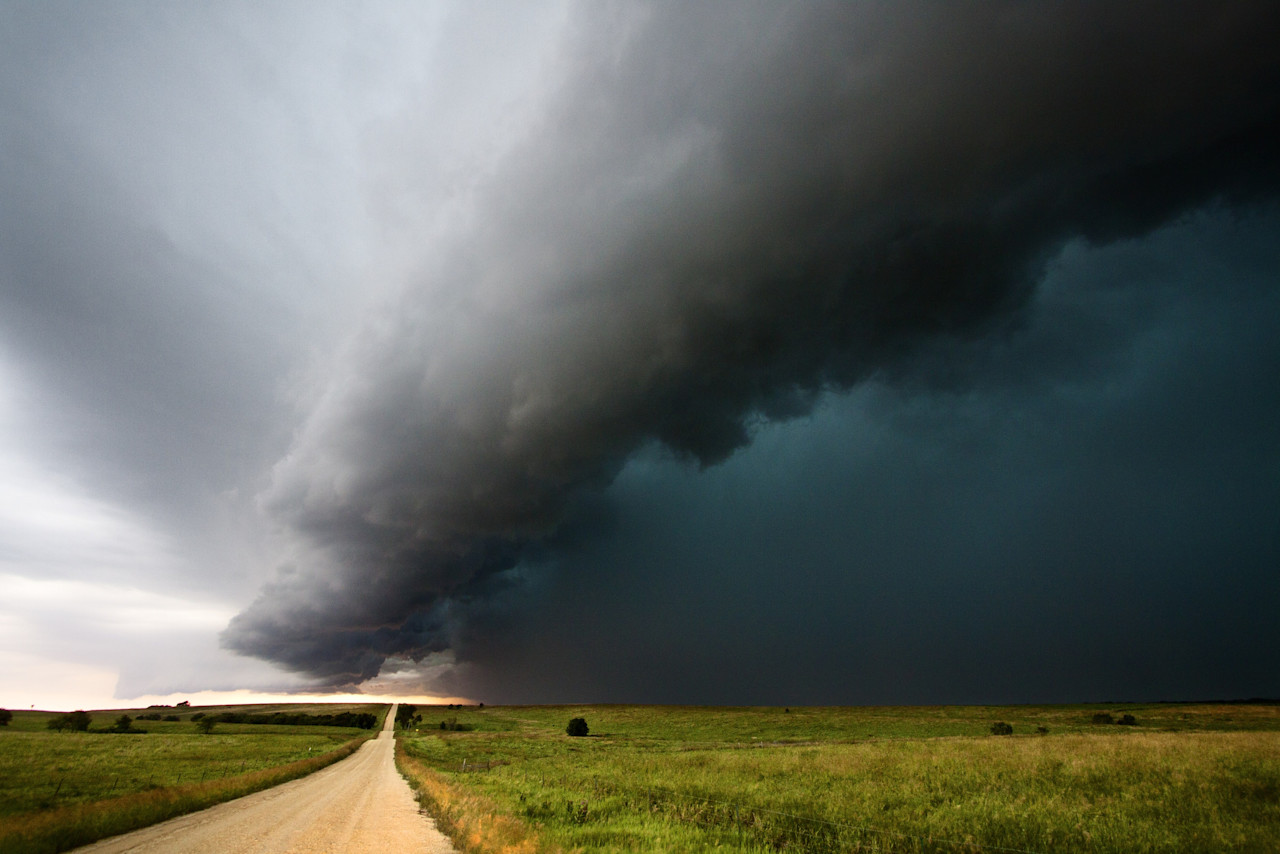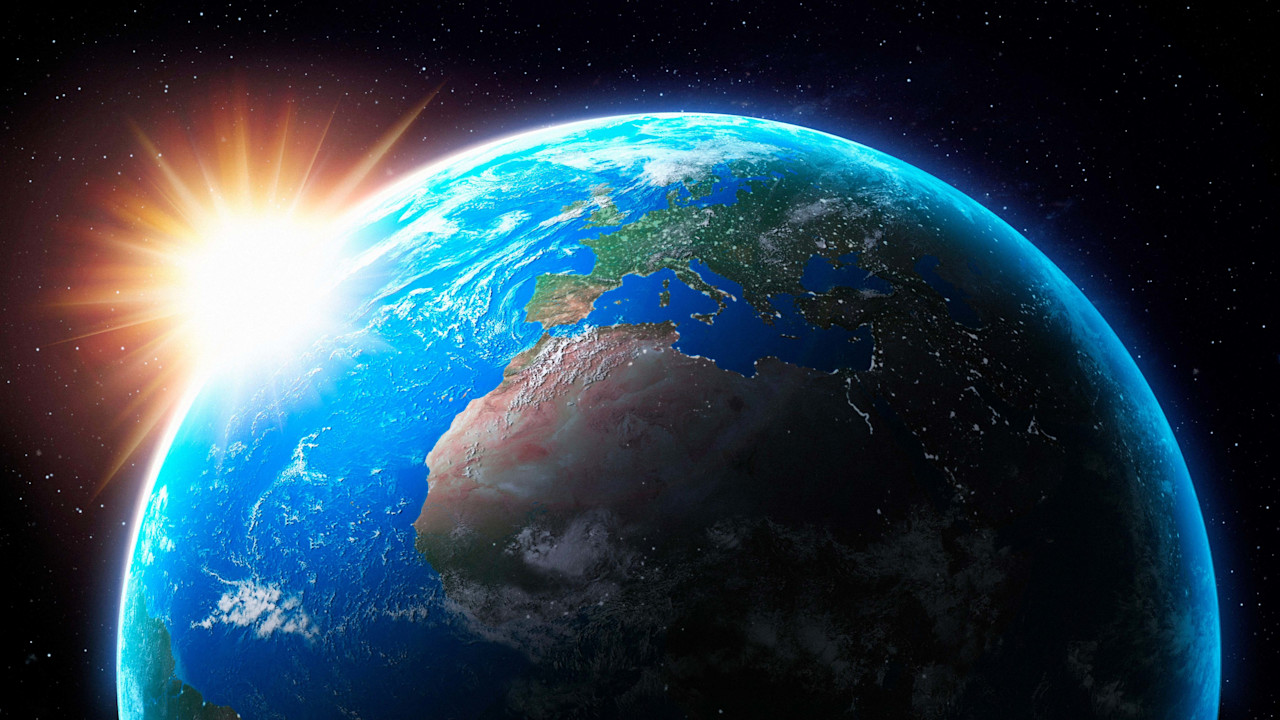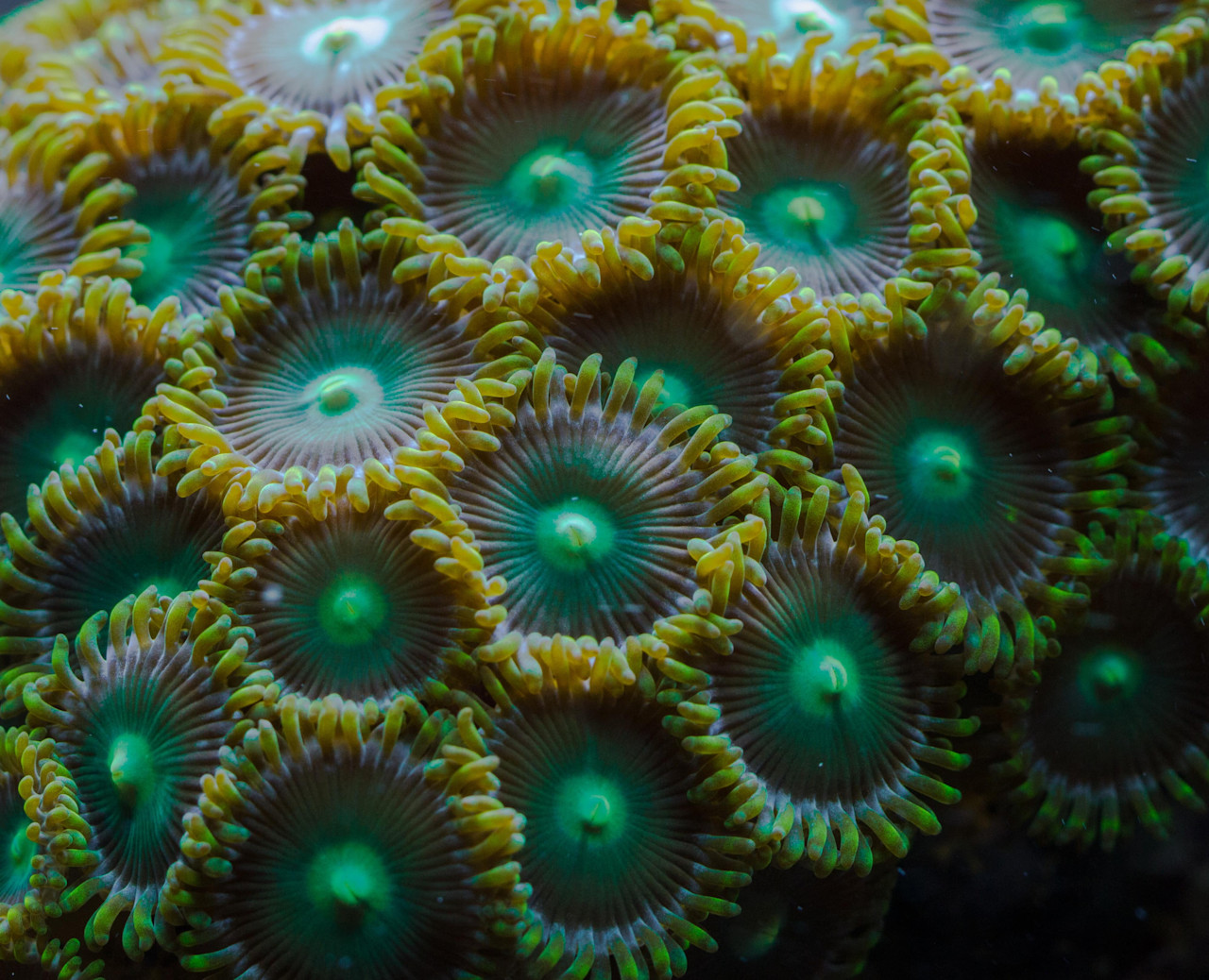Life on Earth
Biodiversity is the sum of life on Earth in all its forms, from simple genetic structures, plants and trees, to animals, sea creatures, bacteria and humans. The Convention on Biological Diversity defines it as “the variability among organisms from all sources, including terrestrial, marine and other aquatic ecosystems, and the ecological complexes of which they are part. This includes diversity within species, between species, and of ecosystems.”
Ecosystems are functional units of the living (plants, animals, microorganisms) and the non-living (air, minerals, water) all interacting together to form forests, wetlands, grasslands, coral reefs or other natural masses. ‘Nature’ includes the living and non-living, though in practical terms, nature and biodiversity tend to be used interchangeably.
Ecosystem services are the goods and services that we harvest and extract from nature, such as food, water, fibers, timber and medicines, along with cultural services such as gardens, parks and coastlines. Nature’s processes also preserve and regenerate soil, control floods, filter pollutants, assimilate waste, pollinate crops, maintain the hydrological cycle, regulate the climate and fulfil many other functions.
In all, biodiversity is essential for healthy ecosystems, while biodiversity loss erodes their foundation. Without them, our economy and society as we know it would not be possible. The interactions between biological elements that create our food chains have ensured that the planet has been habitable for its multitude of species on land and sea for millions of years. But now it is under threat.
In our first SI Tapes video, biologist Arnold van Vliet explains what biodiversity is, and why it is so important for investors.
This video isn't available to you because you have not accepted our advertising cookies yet. If you accept them, then you'll be able to view all content:
Up to one million species at risk
Research shows that biodiversity is now declining faster than it has at any other time in human history: the current rate of extinction is tens to hundreds of times higher than the average over the past 10 million years. For this reason, scientists warn that we are in the middle of the ‘sixth mass extinction’, following the fifth one which wiped out the dinosaurs 65 million years ago.1
Unsustainable human development is putting up to one million species at risk of extinction, many of them within decades, according to the Intergovernmental Science-Policy Platform on Biodiversity and Ecosystem Service’s (IPBES) Global Assessment of 2019. This is shown in the chart below.
Figure 1 - Extinction risks on the International Union for Conservation of Nature (IUCN) Red List

Source: IPBES
The average abundance of native species on land has already fallen by at least 20% since 1900, when the advent of motorized land transport made more of the Earth accessible to developers. In rivers and oceans, more than 40% of amphibian species, almost 33% of reef-forming corals and more than one-third of all marine mammals are threatened by unsustainable human activity.
IPBES identified five main drivers of biodiversity loss. These are: 2
Land and sea use: This has been led by deforestation and agricultural expansion on land, and over-fishing at sea, to meet the increasing demands of the rising global population. Around 420 million hectares of forest – an area half the size of the United States – and 86% of wetlands have been lost since 1990, while 23% of land has been degraded globally. Around 30% of fish stocks are becoming endangered through overexploitation
Climate change: Due to the relentless emissions into the atmosphere, the world has warmed by 1.2 degrees since the begin of the Industrial Revolution in the 18th century. This is causing more extreme weather such as more powerful hurricanes, forest fires, floods and droughts, with little time left to achieve carbon neutrality by the 2050 deadline.
Pollution: The emission of chemicals and toxic waste is deadly for biodiversity. The use of pesticides is killing bees and other essential pollinators that are critical for our food systems. There is now so much plastic in the ocean it is set to weigh more than the fish in it by 2050, while 80% of all wastewater including human effluent is untreated.
Direct exploitation of natural resources: Industries such as mining are responsible for the loss of habitat that have become the main threat to the survival of species on land. Restoring just 15% of ecosystems could cut extinctions by 60% while also benefiting local economies.3 Paradoxically, extracting materials that are vital to the net zero transition such as lithium to use in electric car batteries sometimes comes at the expense of the environment.
Invasive species: A consequence of the global economy, along with the growth of modern tourism, the introduction of non-native species has contributed to 40% of extinctions since the colonial era began in the 17th century. The cost of invasive pests in colonized parts of the world including Australia, Brazil and the US are estimated to be USD 137 billion per year.4
Relationship with climate change
Biodiversity loss is inextricably linked with climate change – indeed, they are often seen as two sides of the same coin. Oceans are the world’s greatest carbon sink, absorbing emissions while creating oxygen at the same time. Its increasing acidification along with relentless pollution has led to 40% of the world’s oceans becoming ‘disturbed’, according to IPBES.
Deforestation is making climate change worse, since billions of tons of greenhouse gases are emitted when trees are felled, particularly if they are burned for land clearance. The loss of the trees simultaneously reduces one of the world’s greatest carbon sinks which, like the oceans, both absorb emissions and generate oxygen. Deforestation alone accounts for about 17% of global warming, according to the World Economic Forum.5
The conservation of forests and other ecosystems such as peatlands is therefore seen as critical to achieving the 2015 Paris Agreement goal of limiting global temperature rises to 2°C by the end of this century, and more ideally to 1.5°C. Reforestation could potentially cut emissions by up to 11.7 gigatons of CO2 equivalent per year by 2030, over 40% of what is needed to limit global warming, IPBES says.
Bending the curve
The solution lies in ‘bending the curve’ – halting and reversing the five drivers of biodiversity loss by scaling back the footprint of human production and consumption. The Kunming-Montreal Global Biodiversity Framework signed in 2022 by 188 countries agreed that bending the curve before 2030 was essential. This is discussed more fully in the next chapter.
Figure 2: Bending the curve

Source: Robeco, Bloomberg. 6
As with the Paris Agreement on climate, the agreement requires countries to develop and execute plans and targets that can steer the transition of society to a more nature-positive economy. Companies and investors are expected to disclose risks and opportunities and to align their businesses and investments. Subsequently, the Kunming-Montreal agreement implies an overhaul of our ways.
Increasing our conservation efforts will not be enough though to get us on the path of no net loss of biodiversity. We need to critically change how we produce and consume goods. We need to allow nature to replenish the demands we place on it so it can continue to provide all the services and benefits we need. We depend on nature to provide a habitable and healthy planet: without one, we cannot have a healthy society or economy. There is no ‘Planet B’.
Two major opportunities
For global investors, bending the curve is not only a major challenge, but also offers two major opportunities. As shown in Figure 2, the first is in the biodiversity transition; changing production and consumption methods affects an industry with a market capitalization of USD 2.3 trillion.
The second is in the solutions available. Technologies that can reduce threats, such as wastewater treatment, are worth around USD 800 billion. Moreover, bio-positive solutions such as organic plant protection or soil remediation offer a further USD 180 billion of investments. Such risks and opportunities are becoming more relevant and material for investors, as discussed in the next chapter.
Learning outcome
You should now know how biodiversity, ecosystems and ecosystem services are defined; understand the five main drivers of biodiversity loss and its link to climate change; and be able to explain how ‘bending the curve’ offers solutions including vast new markets.
Footnotes
1 International Union for the Conservation of Nature https://www.iucn.org/news/commission-environmental-economic-and-social-policy/202205/exploring-possible-futures-conservation-ngos-a-report-luc-hoffmann-institute
2 https://www.unep.org/news-and-stories/story/5-key-drivers-nature-crisis
3 Restoring Converted Land Could Help Mitigate Climate Change (azocleantech.com)
4 Invasive Pests and Diseases (usda.gov)
5https://www.weforum.org/agenda/2017/06/drones-plant-100000-trees-a-day/
6 Illustration adapted from Leclère et al, Nature, 2020, Adam Islaam International Institute for Applied Systems Analysis (IIASA), Citi Research & Global Insights



























